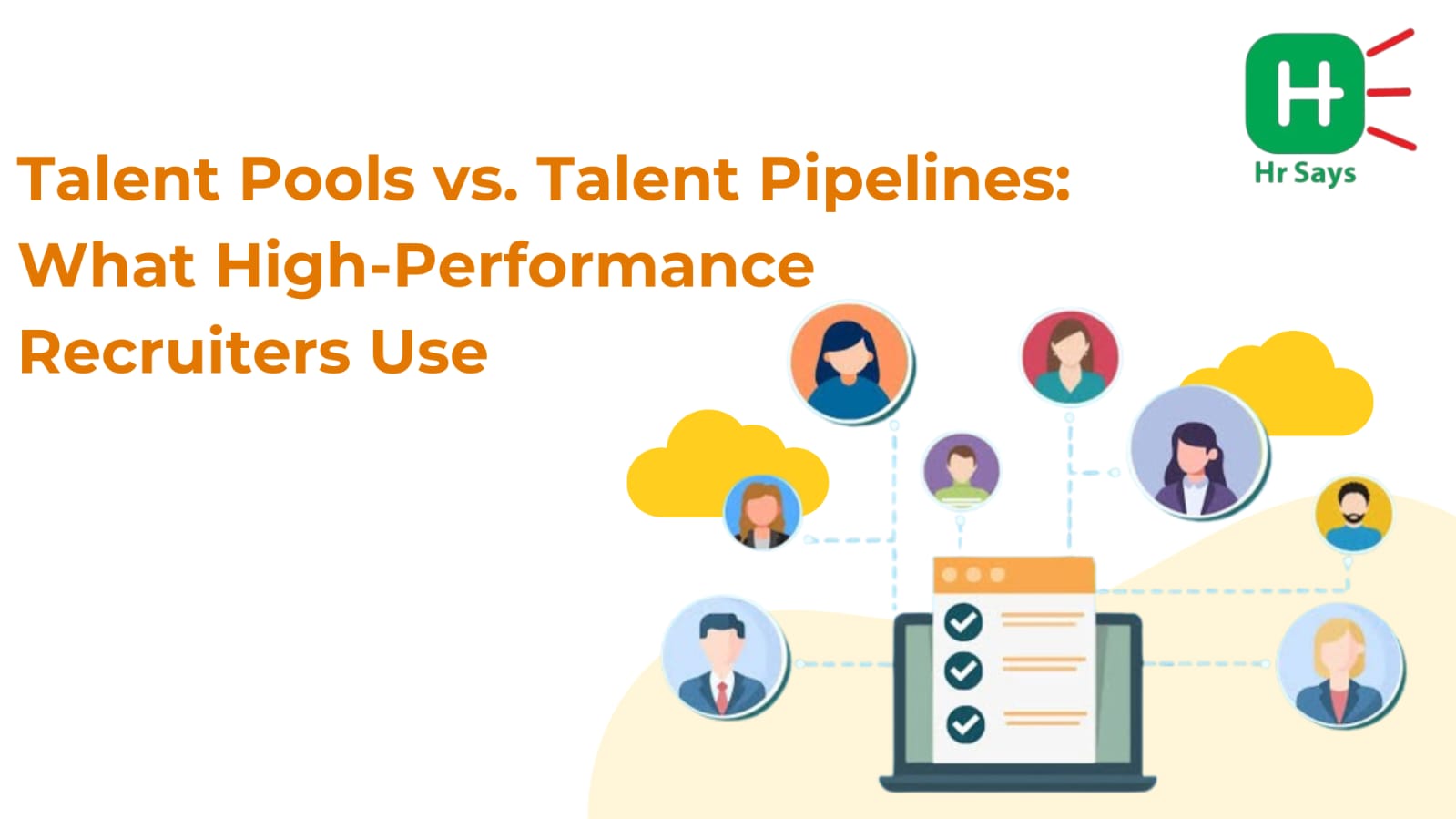Are you fishing in the right waters—or building the river itself?
That’s the question smart recruiters ask. Talent pools and talent pipelines might sound alike. But what they offer is very different. And in high-stakes hiring, the gap matters.
What Is a Talent Pool?
A talent pool is like a digital filing cabinet. It stores potential candidates—qualified, interested, but not yet needed. Resumes, notes, maybe even interview feedback sit there, waiting.
● No specific job in sight
● Sourced passively or from past applicants
● Often includes referrals or past top performers
● Used when a role opens unexpectedly
But here's the catch—a talent pool is cold. Until someone activates it, nothing moves. People in it may have changed jobs. Or lost interest.
Still, it’s useful. Especially when time is tight and sourcing from scratch feels impossible.
What Is a Talent Pipeline?
A pipeline flows. It's alive. People are added with intent. They’re nurtured, engaged, and sometimes interviewed early. There’s movement. Direction. Purpose.
● Candidates are tied to specific future roles
● Regular communication happens
● Updates are tracked (skills, availability, interest)
● It’s proactive, not reactive
It demands more effort. But the payoff? Faster hiring. Fewer surprises.
The pipeline is built for momentum.
Which Do High-Performance Recruiters Use?
Both—but differently.
Top recruiters don’t gamble. They pool talent for coverage. But they build pipelines for speed and quality.
Talent pools help when:
● There’s high turnover
● New roles appear suddenly
● Seasonal hiring spikes occur
Talent pipelines work best when:
● Filling niche or leadership roles
● Predicting future needs
● Hiring regularly for similar positions
Each has its moment.
But one creates flow. The other just stores names.
Why Most Teams Struggle
Many companies confuse the two. They think a pile of resumes is a pipeline. They keep contacts but don’t follow up. They collect, but don’t connect.
Then comes the panic hiring. The scramble. The missed opportunity.
That’s the real cost.
Building Right, Not Just Fast
For talent pools to work:
● Keep data fresh
● Categorize by skill and role
● Tag high-potential candidates
For pipelines to work:
● Use touchpoints—emails, calls, updates
● Log changes in tools like ATS or CRM
● Align with hiring managers regularly
Neither works on autopilot. But both work when treated right.
Conclusion
There’s no one-size-fits-all. But there is a smarter way. High-performance recruiters don’t just react. They plan. They build. They balance the passive with the active.
And in a world where the right hire makes all the difference, that’s not just recruiting—it’s strategy.

 Recruiting isn’t just about filling jobs anymore. It’s about staying ready. Talent pools and pipelines offer different strengths—but are often misunderstood. Knowing the difference helps recruiters play smarter, not harder.
Recruiting isn’t just about filling jobs anymore. It’s about staying ready. Talent pools and pipelines offer different strengths—but are often misunderstood. Knowing the difference helps recruiters play smarter, not harder.












.jpeg)
.jpeg)

.jpeg)

.jpeg)


.jpeg)

.jpeg)

.jpeg)


